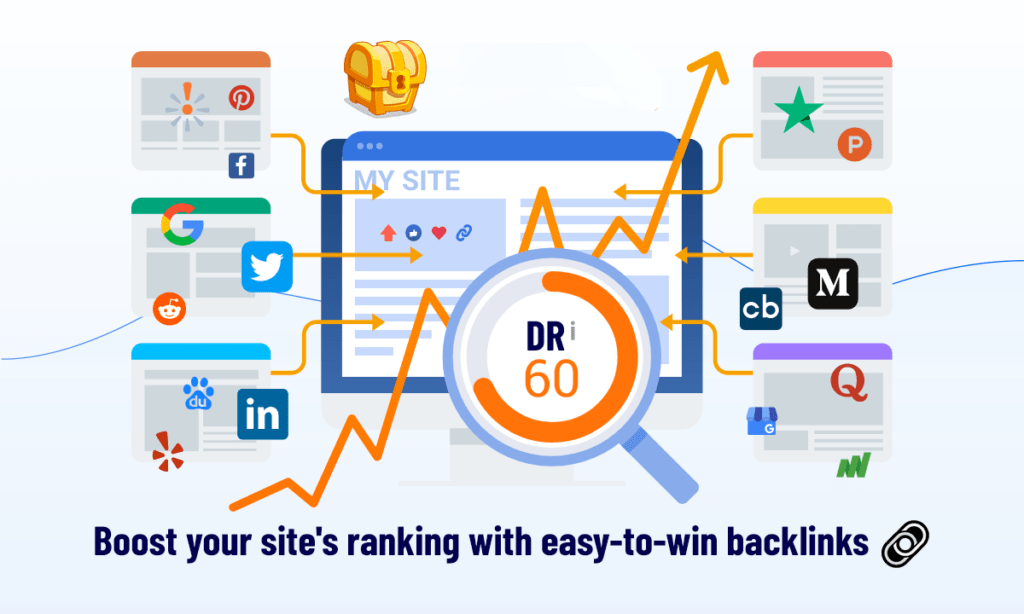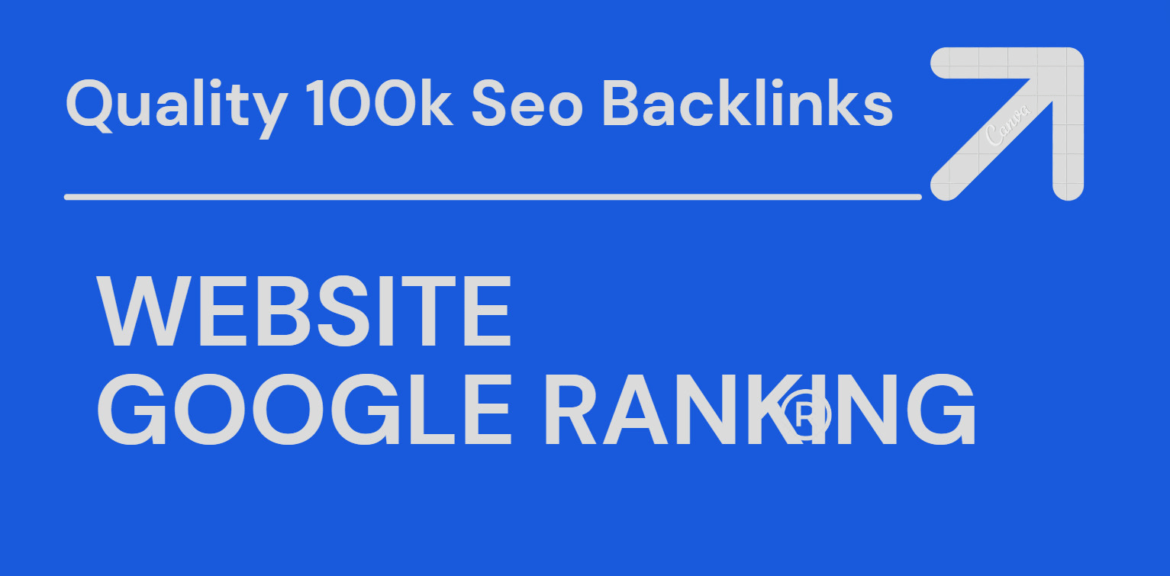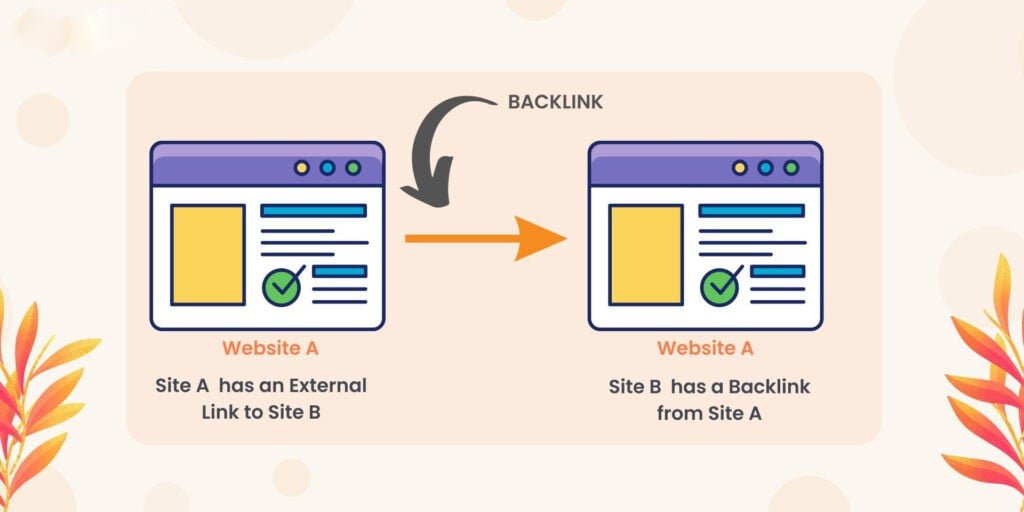Contents
- 1 Boost Your SEO Ranking with Backlinks
- 2 Introduction
- 3 What Are Backlinks?
- 4 Why Are Backlinks Important for SEO?
- 5 Types of Backlinks
- 6 How to Build High-Quality Backlinks
- 7 Common Backlink Mistakes to Avoid
- 8 Measuring Backlink Quality
- 9 The Future of Backlinks
- 10 Case Studies
- 11 FAQs
- 11.1 How long does it take to see results from backlinking?
- 11.2 Are there any free tools to check backlink quality?
- 11.3 Can I use the same anchor text for all my backlinks?
- 11.4 What is the best outreach strategy for acquiring backlinks?
- 11.5 How do I recover from a Google penalty due to bad backlinks?
- 11.6 Is it better to have many backlinks from low-quality sites or a few from high-quality sites?
- 11.7 What are some creative ways to earn natural backlinks?
- 11.8 How often should I update my backlink strategy?
- 11.9 Can backlinks hurt my website’s SEO?
- 11.10 Are there any upcoming trends in backlinking we should be aware of?
- 12 Conclusion
Boost Your SEO Ranking with Backlinks
Introduction
In the ever-evolving landscape of search engine optimization (SEO), one thing remains constant: the importance of backlinks. If you’re looking to boost your website’s SEO ranking, you’ve come to the right place. In this article, we’ll delve into the world of backlinks, explaining what they are, why they matter, and how you can leverage them to enhance your online presence.
“Backlinks are like the secret sauce of SEO – you can’t have a delicious ranking without them!”
What Are Backlinks?
Backlinks, also known as inbound or incoming links, are simply hyperlinks that direct users from one website to another. These links act as a vote of confidence, signaling to search engines that your content is valuable and trustworthy.
Why Are Backlinks Important for SEO?
Imagine your website as a popularity contest, and each backlink as a vote. The more votes (backlinks) you have, the more credible your website appears to search engines like Google. This credibility translates into higher rankings on search engine results pages (SERPs).

Types of Backlinks
Natural Backlinks
Natural backlinks are the holy grail of SEO. These are links that other websites willingly provide because they find your content valuable. They are genuine endorsements of your content’s quality.
Manual Backlinks
Manual backlinks involve proactive efforts on your part. You reach out to other websites, requesting them to link back to your content. This approach requires finesse and a personal touch.
Guest Post Backlinks
Guest posting is a strategic way to acquire backlinks. By contributing guest articles to other websites within your niche, you not only gain exposure but also earn valuable backlinks.
The Role of Anchor Text
The anchor text of a backlink plays a crucial role in SEO. It provides context to search engines about the linked content. Using relevant and descriptive anchor text can improve the SEO impact of your backlinks.
How to Build High-Quality Backlinks
Building high-quality backlinks is an art. Here are some strategies to help you master it:
- Outreach to Other Websites: Connect with webmasters and propose collaboration opportunities.
- Create Valuable Content: Content is king. Craft engaging, informative content that naturally attracts backlinks.
- Social Media Engagement: Promote your content on social media platforms to increase its visibility.
Common Backlink Mistakes to Avoid
While backlinks are valuable, certain practices can harm your SEO efforts:
- Buying Backlinks: Purchasing links is a black-hat SEO technique that can result in penalties.
- Low-Quality Backlinks: Links from spammy or irrelevant websites can harm your reputation.
- Over-Optimized Anchor Text: Using the same anchor text repeatedly can raise red flags.

Master the Art of Building High-Quality Backlinks
Measuring Backlink Quality
Not all backlinks are created equal. Here are some metrics to evaluate their quality:
- Domain Authority (DA): A metric that measures the overall authority of a website.
- Page Authority (PA): Focuses on the authority of a specific page.
- Trust Flow: Reflects the trustworthiness of a website.
The Future of Backlinks
As technology evolves, so does the role of backlinks in SEO:
- Voice Search and Backlinks: Voice search optimization will impact the way backlinks are used.
- Video Content and Backlinks: Video platforms offer new opportunities for backlinking.
Case Studies
Explore real-world examples of websites that boosted their SEO rankings through strategic backlinking efforts.
“Remember, even in the world of SEO, it’s okay to have a little fun! After all, laughter is the best backlink.”
FAQs
How long does it take to see results from backlinking?
The time it takes to see results from backlinking can vary widely. Generally, it takes several weeks to a few months to notice improvements in your SEO ranking after implementing a backlink strategy. However, the exact timeline depends on various factors, including the quality of the backlinks, the competitiveness of your niche, and the frequency of search engine updates.
Are there any free tools to check backlink quality?
Yes, there are free tools available to check backlink quality. Some popular options include Google Search Console and Moz’s Link Explorer. These tools can provide insights into the number of backlinks, their source domains, and other relevant metrics.
Can I use the same anchor text for all my backlinks?
It’s not advisable to use the same anchor text for all your backlinks. Using diverse and natural anchor text helps search engines understand the context and relevance of the linked content. Over-optimizing with the same anchor text can raise red flags and potentially harm your SEO efforts.
What is the best outreach strategy for acquiring backlinks?
The best outreach strategy for acquiring backlinks involves building genuine relationships with other webmasters and content creators within your niche. Personalized and respectful outreach emails, offering valuable content in exchange for backlinks, and collaboration opportunities are effective approaches.
How do I recover from a Google penalty due to bad backlinks?
To recover from a Google penalty due to bad backlinks, you should:
- Identify and disavow toxic backlinks using Google’s Disavow Tool.
- Request removal of harmful backlinks from webmasters.
- Improve the quality of your existing backlinks.
- Focus on creating high-quality, natural backlinks going forward.
- Monitor your website’s performance and follow Google’s guidelines diligently.
Is it better to have many backlinks from low-quality sites or a few from high-quality sites?
Quality matters more than quantity when it comes to backlinks. It’s better to have a few backlinks from high-quality, authoritative websites in your niche than many low-quality backlinks. High-quality backlinks carry more weight in improving your SEO ranking and credibility.
What are some creative ways to earn natural backlinks?
Some creative ways to earn natural backlinks include:
- Creating valuable and shareable content.
- Guest posting on reputable websites.
- Participating in industry forums and discussions.
- Conducting original research and sharing findings.
- Collaborating with influencers and thought leaders in your field.
How often should I update my backlink strategy?
Your backlink strategy should be an ongoing effort. Regularly monitor the performance of your backlinks and update your strategy as needed. Search engine algorithms change, and new opportunities for backlinking may arise, so it’s essential to stay current.
Can backlinks hurt my website’s SEO?
Yes, backlinks can hurt your website’s SEO if they come from low-quality, spammy, or irrelevant sources. Google penalizes websites with harmful backlinks. That’s why it’s crucial to assess the quality of your backlinks regularly and disavow toxic ones.
Are there any upcoming trends in backlinking we should be aware of?
Yes, backlinking trends evolve. Some upcoming trends to watch for include:
- Voice search optimization and its impact on backlinks.
- The integration of video content and backlinking strategies.
- User experience (UX) and how it relates to backlink quality.
- Mobile-first indexing and its implications for backlinking on mobile devices.
Conclusion
In the dynamic world of SEO, where algorithms and strategies continually evolve, backlinks remain a steadfast pillar of success. We’ve embarked on a journey through the intricate web of backlinking, uncovering their significance, types, and best practices. As we wrap up this exploration, let’s recap the key takeaways and emphasize the enduring importance of backlinks.





